China and Latin American nations are strengthening cooperation in the green economy and sustainable development, driven by shared goals and complementary strengths, even as challenges persist, according to a recent report from Fudan University.
The report, titled "Current Situation and Prospect of China-Latin America Green Economic Cooperation", analyzes the economic situation in Latin America, the region's green development strategies, and the progress, opportunities, and challenges in Sino-Latin American green cooperation.
"The 33 countries in Latin America and the Caribbean form an integral part of the Global South and generally attach great importance to sustainable development, especially green cooperation in recent years," said Cao Ting, associate professor at the Research Office for Latin American Studies, Institute of International Studies, Fudan University, and lead author of the report.
The report is a result of the 2023 research project of the Fudan-Latin America University Consortium.
China and Latin American nations have many opportunities to strengthen green cooperation, opening up vast space for jointly advancing sustainable development, she added.
While acknowledging some differing priorities between China and Latin American countries regarding sustainable development goals, the report stresses the importance of enhanced communication and consultation to achieve the greatest possible consensus.
"Due to persistent inequality issues, Latin American countries may emphasize more on utilizing green economic development to ensure equal opportunities and social welfare for the majority of the population," Cao said.
However, Cao noted the two sides should identify complementary areas of cooperation, and said the consensus for green cooperation takes root in a shared vision of sustainable development and the recognition of mutual benefits.
Chinese enterprises have the technological prowess and substantial financial resources, while Latin American nations seek investment and economic diversification to accelerate their energy transitions and infrastructure development, according to the report.
Multiple sectors
Green cooperation between China and Latin America spans various sectors, according to the report, which includes public transportation infrastructure improvement, renewable energy development and utilization, and power grid construction.
The study also highlights several projects, including the 180-MW wind power project of CGN Brazil Energy in Tanque Novo, northeast Brazil's Bahia state, which has an estimated annual power generation of 720 million kilowatt-hours and created more than 1,000 local jobs.
China has established comprehensive strategic partnerships with several Latin American nations, incorporating clean energy collaboration and climate action into joint declarations and action plans.
However, divergent development priorities, regulatory complexities, and geopolitical tensions pose potential obstacles to the deepening China-Latin America green economic cooperation.
The report said strengthening policy coordination, technology cooperation, environmentally conscious investment and localization of green practices by Chinese firms operating in Latin America will be key components for effective cooperation.












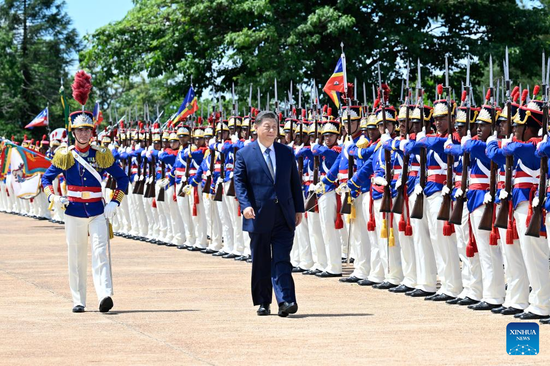





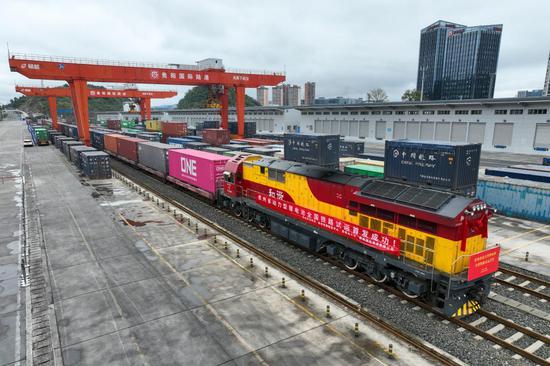












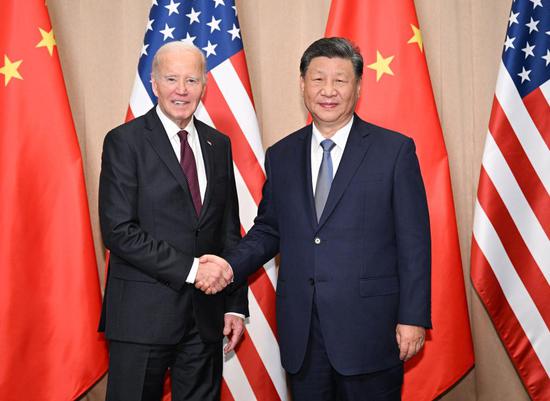



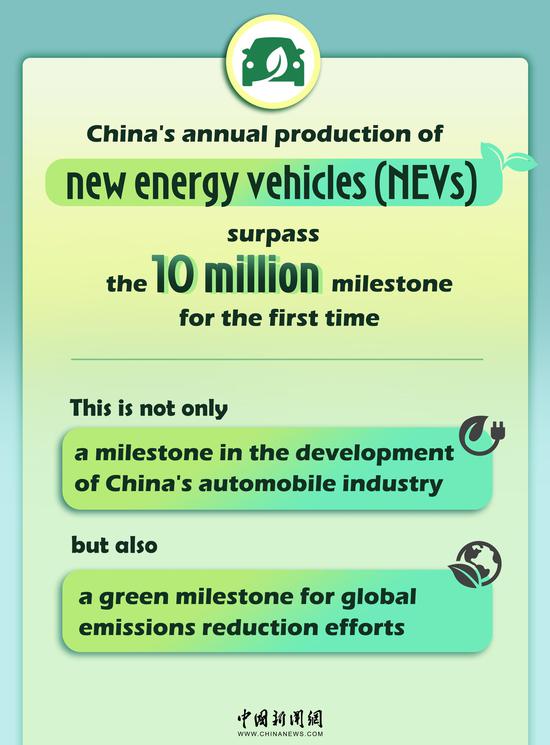

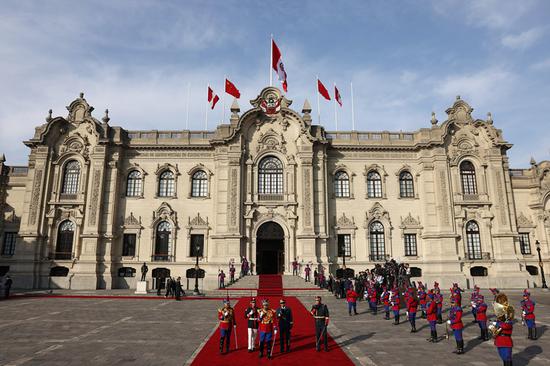



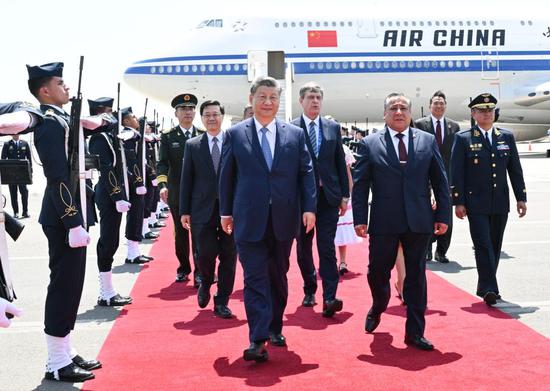




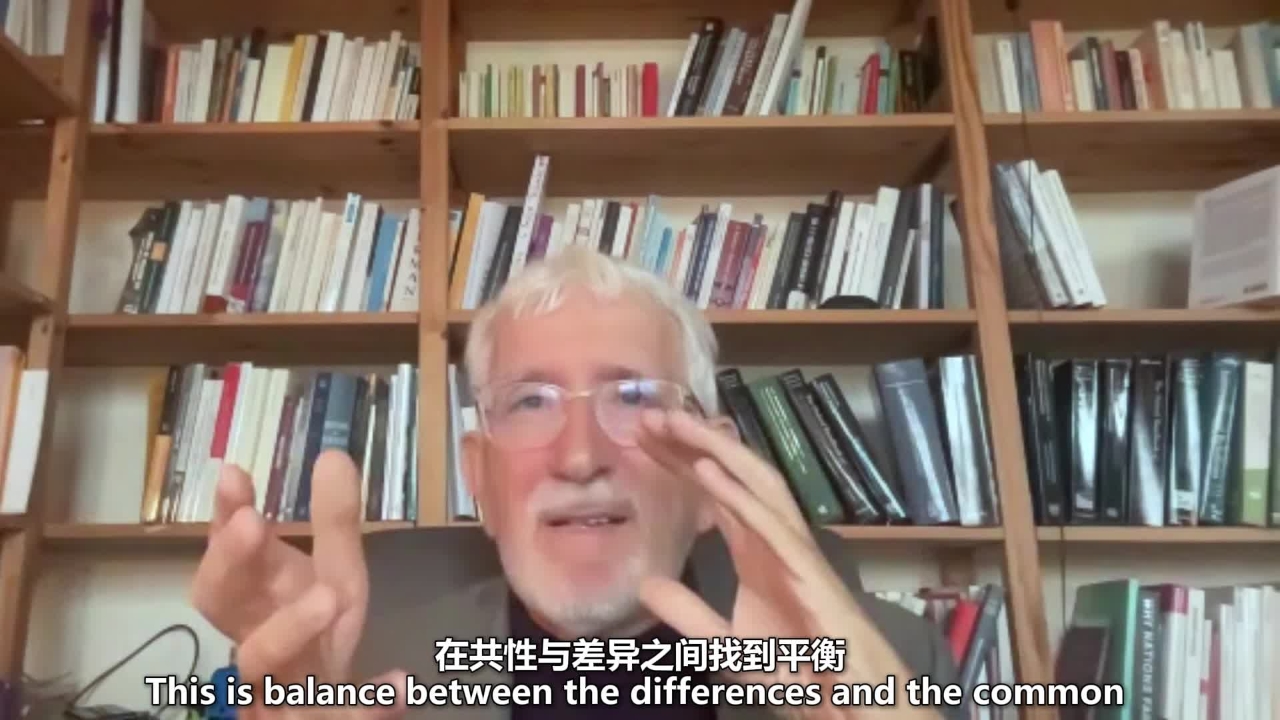



 京公网安备 11010202009201号
京公网安备 11010202009201号